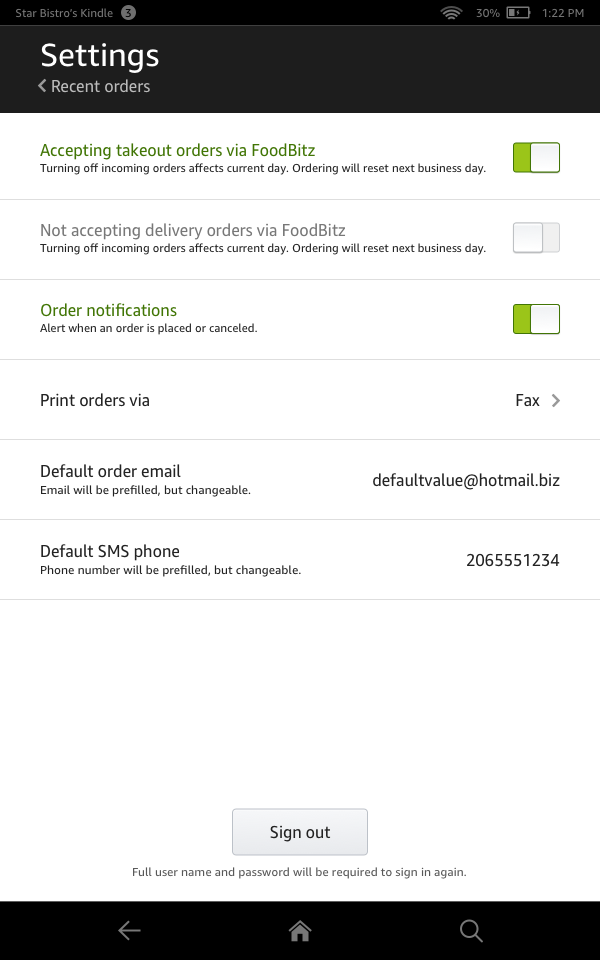Amazon Local Restaurants
As the UX designer, I moved a proof-of-concept merchant order management desktop web app to a tablet-optimized point-of-sale native app, based on field research and testing with restaurant owners and employees.
Background
While at Amazon Local, I was brought in on a late-stage codeword project, an online restaurant ordering system. The project team had tasked a UX colleague for the consumer-facing ordering workflows, but had left the merchant side to late in the project. They had made some quick assumptions, mostly based on experiences with online Amazon merchant portals, and were gearing up to start a soft-launch beta test with a set of restaurants in the Seattle area.
Upon reviewing the order management portal, I raised red flags. The app was entirely web-based, but not responsively designed, so the UI loaded only in a desktop-appropriate size. "Do your merchants have a desktop computer available?" I asked. "Some… in the managers office." The product lead then stated that the team had made sure the app "loads okay on an iPad" but had not tested this with merchants. Additional concerns included the ability to push updates (and have them noticed in a timely manner), and how the merchant would convey the order to the kitchen.

A kitchen setup similar to one of our early merchants
Failure to launch
The soft-launch started shortly after I came on, and the feedback was immediate, in both direct comments from merchants and enormous amounts of failed / ignored orders. While the engineering team focused on fixing the glaring technical issues, I worked with a newly added product manager to address the experience of the service itself.
The first order of business was addressing our lack of a mobile option. As we met at restaurants with their owners, we saw the stacks of tablets they kept near the registers or in the kitchen, one from each online ordering service they already used. "Your app makes me squint and zoom around if I load it on my phone!" said one owner, while another said "I'm sorry we keep cancelling orders… I have to go in the back room to even check for new orders, and it's a huge waste of time."
“I have to go in the back room to even check for new orders, and it's a huge waste of time.”
Back to the kitchen
Initially, we decided on an Android app, as the tablets floating around the restaurants were almost entirely Android. In addition, Android tablets could be purchased at a much lower price than the available iPad options at that time. In additional visits, we learned that the tablets were provided by our competition, and were locked to only display their app. We decided to move to a Kindle Fire specific setup, as we could likely make the devices available (or discounted), and the app would be easy to release on Android if needed.
I designed a prototype workflow based on a Fire tablet context, including the ability to trigger notification sounds and even flash the screen when new orders arrived. Initially the prototype was hosted on a web server, and our first session in a kitchen yielded a new consideration: internet connections can be spotty. Our app would need to handle caching and network inconsistency. The PM added that requirement, and I moved my prototype to the most fail-safe method available: a PDF with hotspots. Additional sessions at restaurants yielded positive results, and even more considerations for the future.
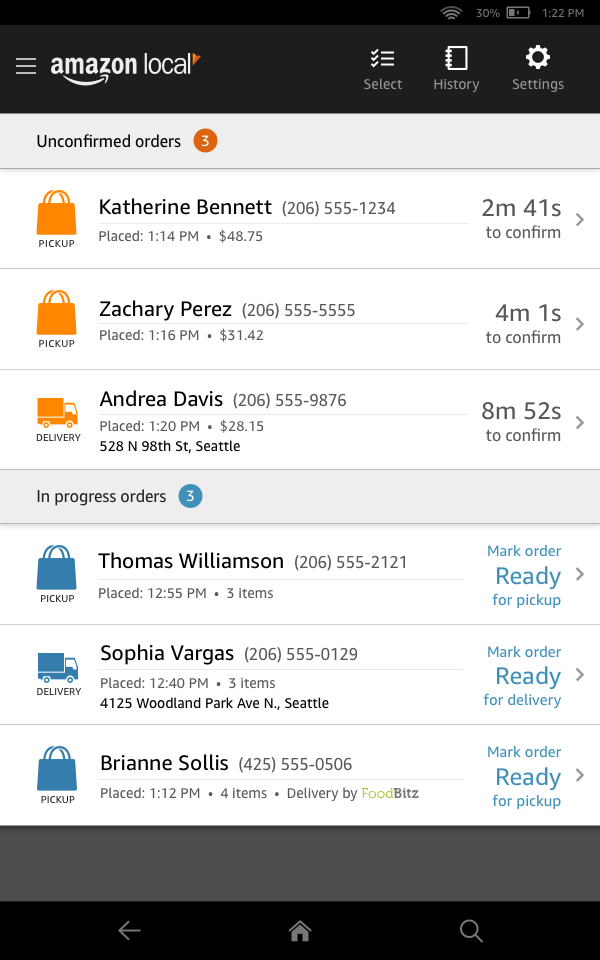
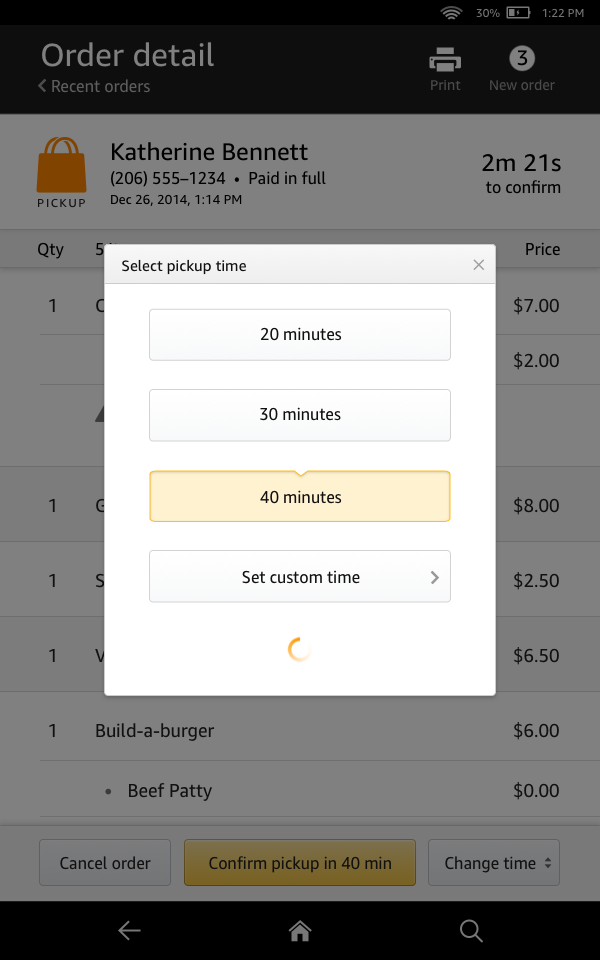
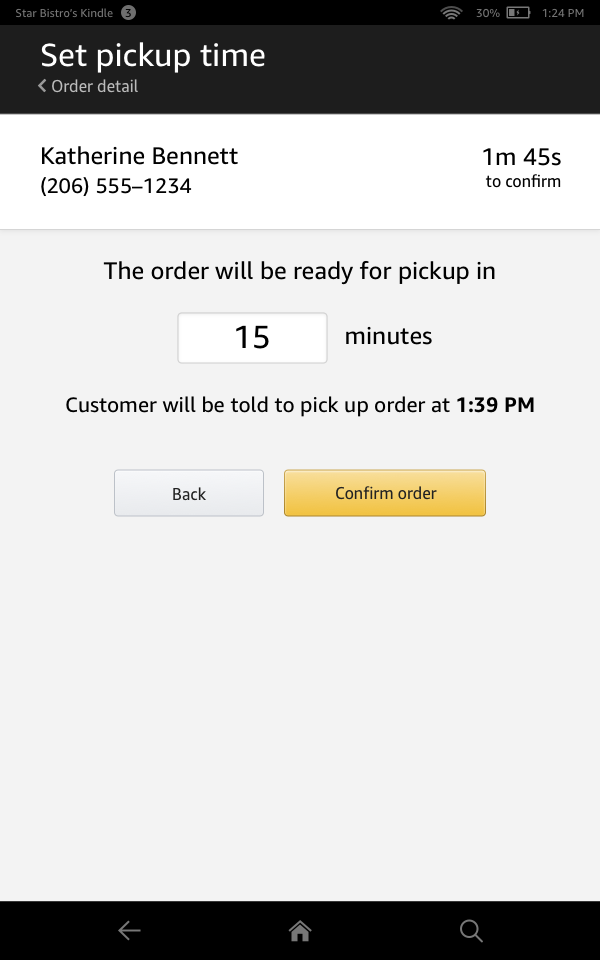

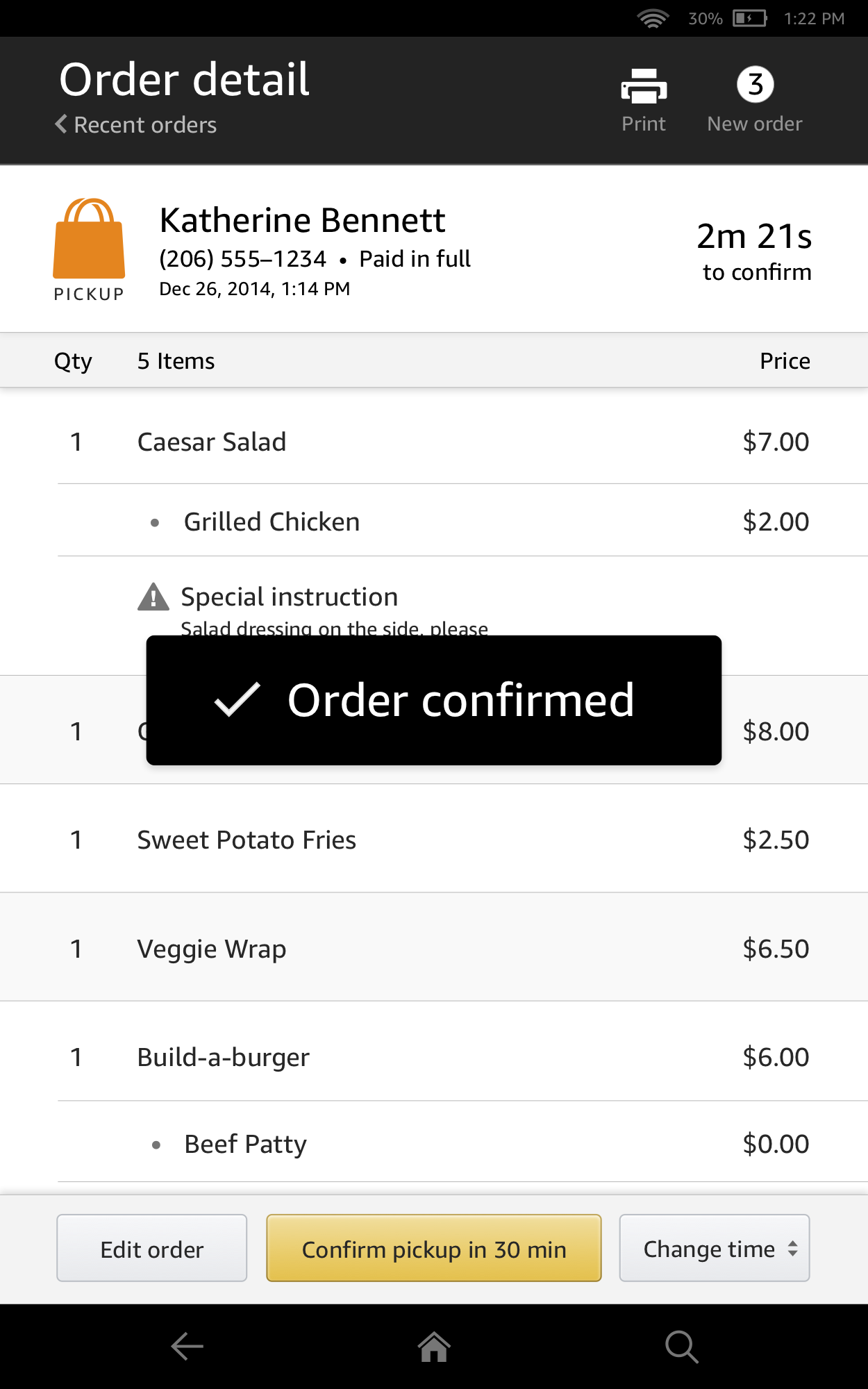
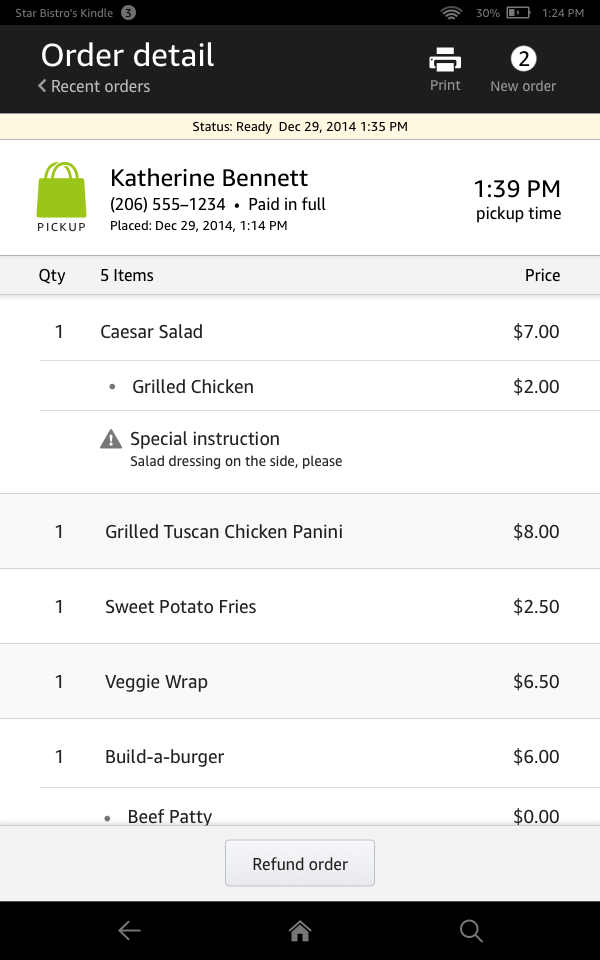
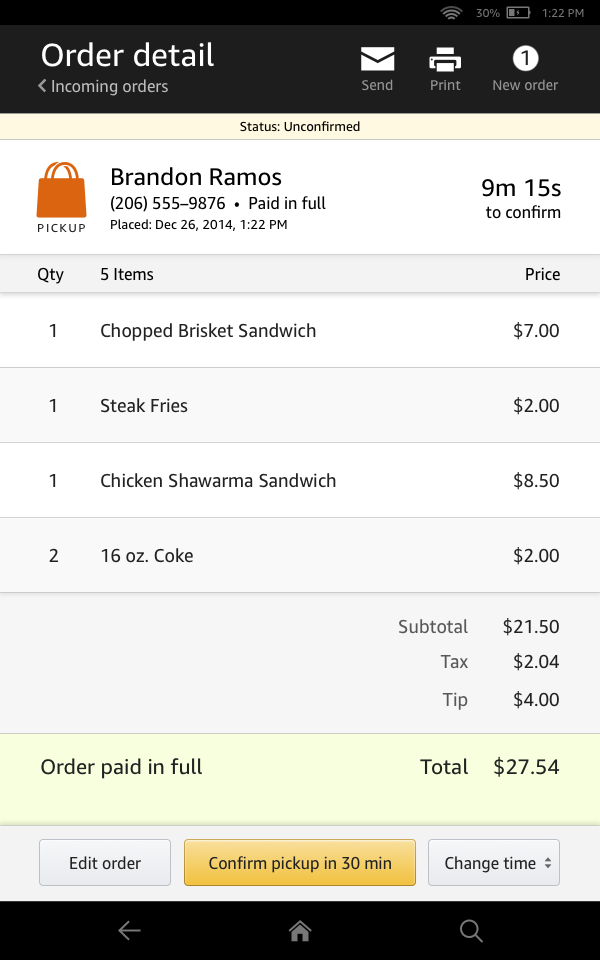
Order up!
One consideration was how to convey the order to the kitchen. I'd had this concern early on, and when I asked a series of restaurants how the handle getting an order to the people actually making the food, the options ranged from hand-writing a note, to carrying a tablet back, to placing the tablet in the kitchen (which made customer pickup difficult), even emailing the order contents to the phone of someone in the kitchen. The one option I never heard was the one we'd built around: print it out. The reason was simple — just as the desktop computer was not in this environment, neither was a wireless printing option. It was embarrassingly obvious when we realized it, but the team had been stuck in their own experience and set of available tools. Stepping into an actual kitchen was resetting our expectations, and our merchants benefitted from it. We eventually added a feature to print the order via fax, as fax machines were very prevalent in the restaurant ecosystem. Who would have thought, at the start, that we would launch a product with fax support?
The app launched shortly after I left Amazon, and was soon transitioned into the Prime Now Restaurants experience as Local was spun down.
Other Projects

Auctane Design LanguageDesign System
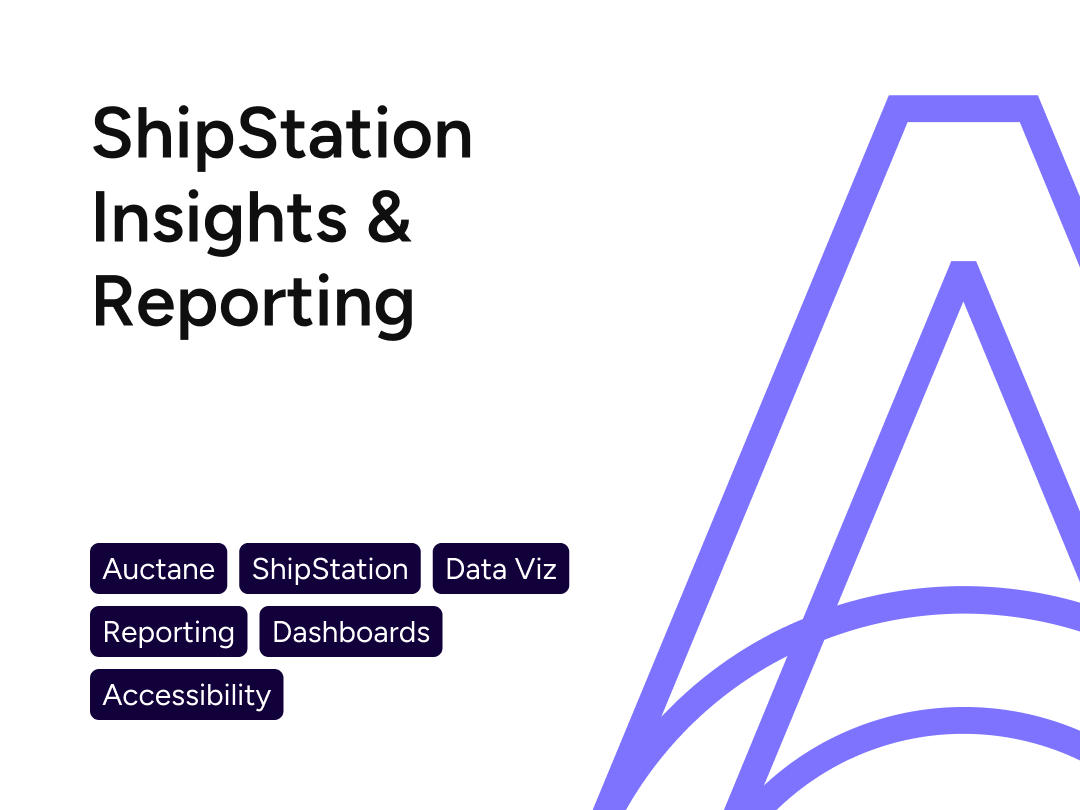
ShipStation InsightsData Visualization

Heuristic Evaluations People NoticeUX Research
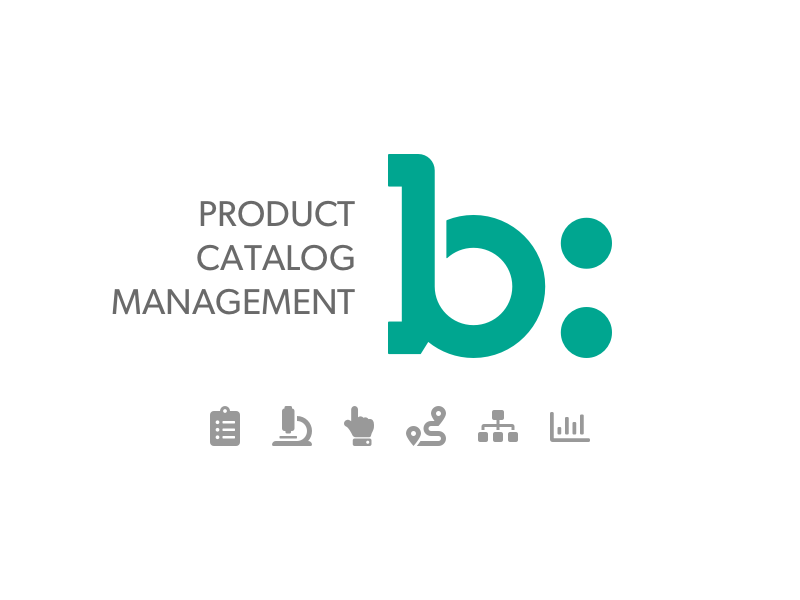
Product Catalog ManagementInnovation and user efficiency
Pixel Health and MonitoringSupport and efficiency
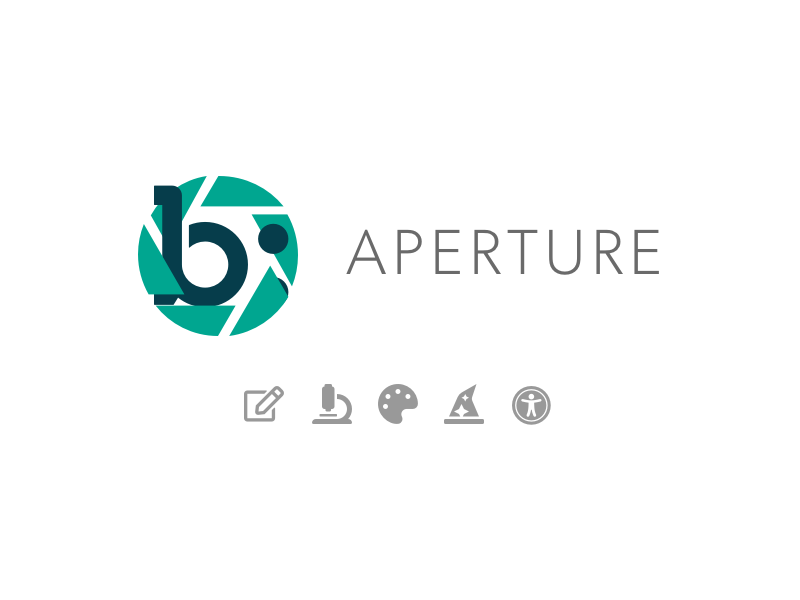
Aperture Design SystemDesign System
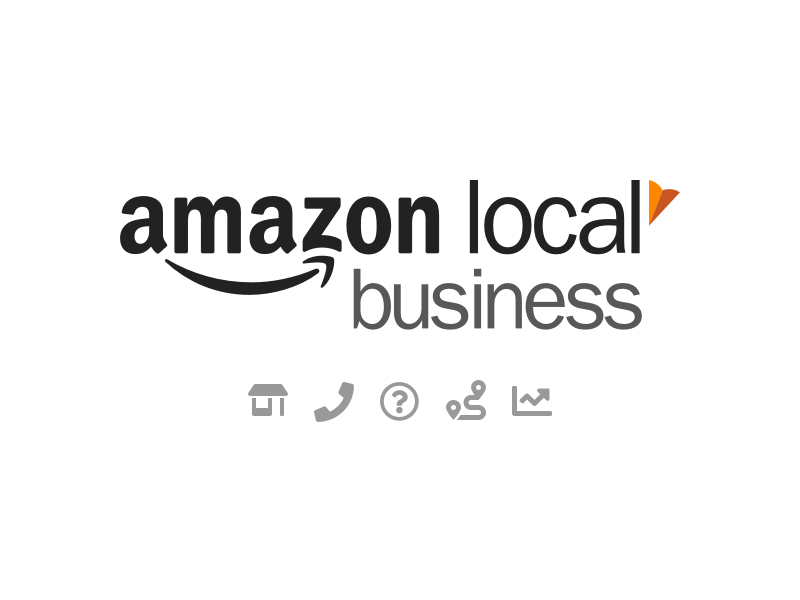
Amazon Local Merchant SupportUser workflow and support efficiency
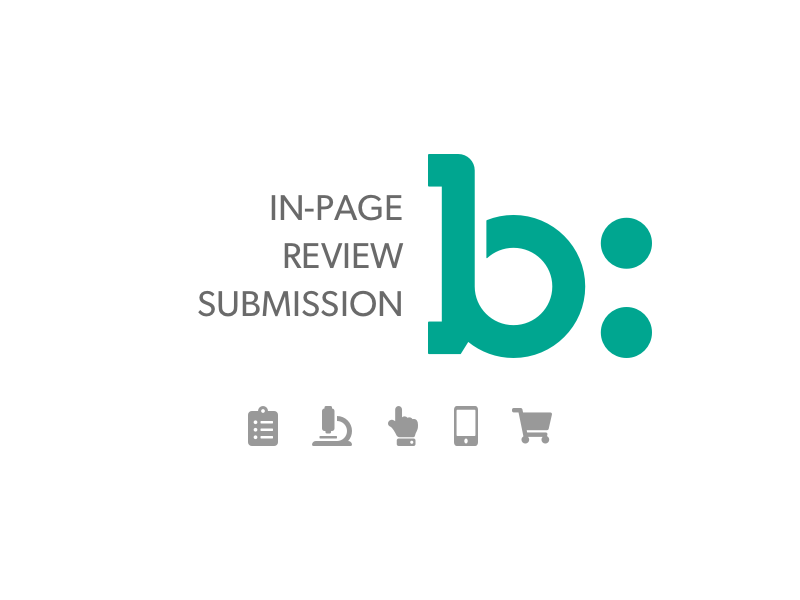
In-Page Review SubmissionConsumer-Generated Content Workflow
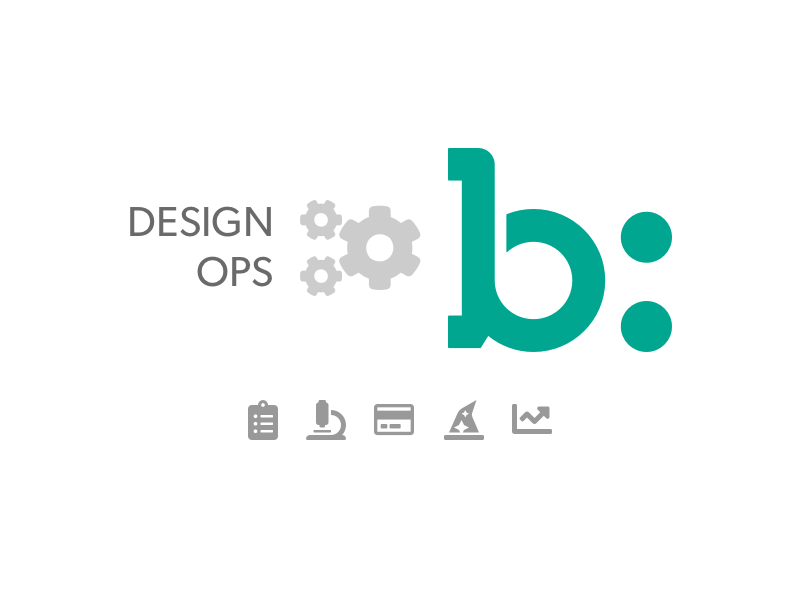
Bazaarvoice DesignOpsDesign operations lead for design tools and systems
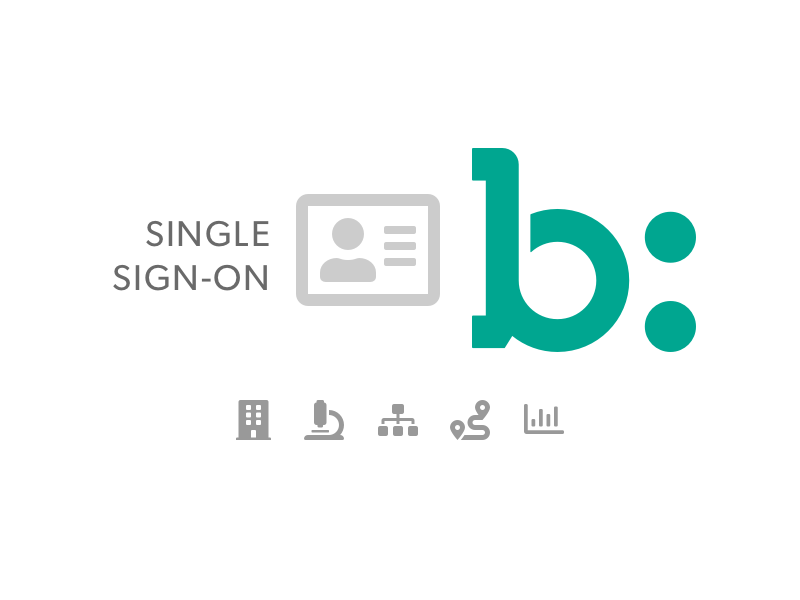
Bazaarvoice Portal SSOEnterprise workflow design and research
